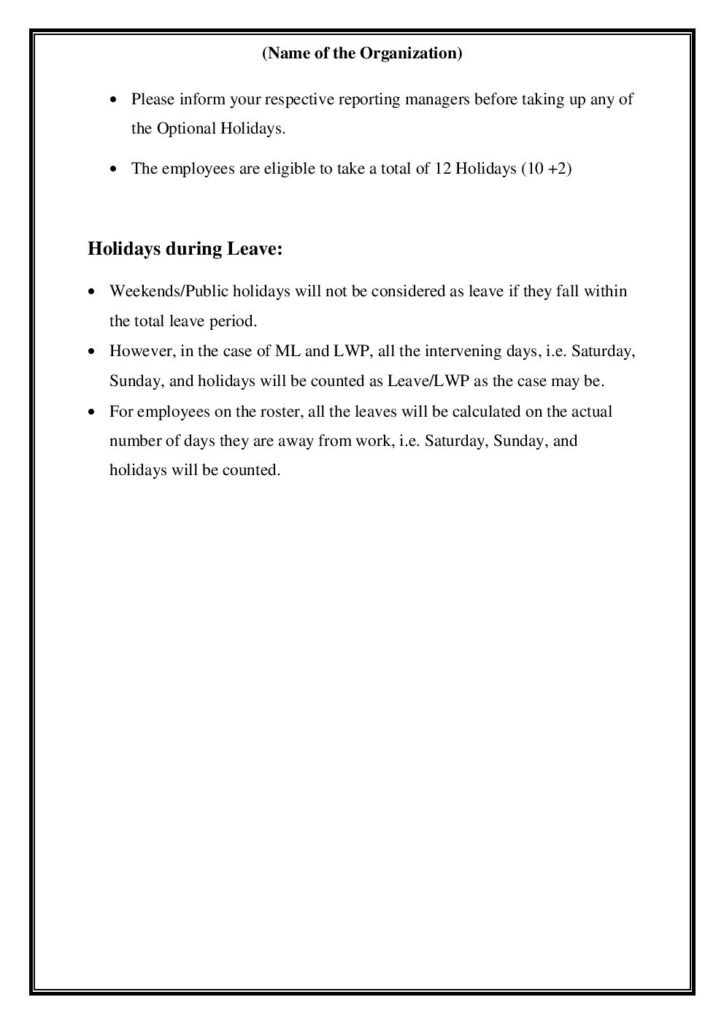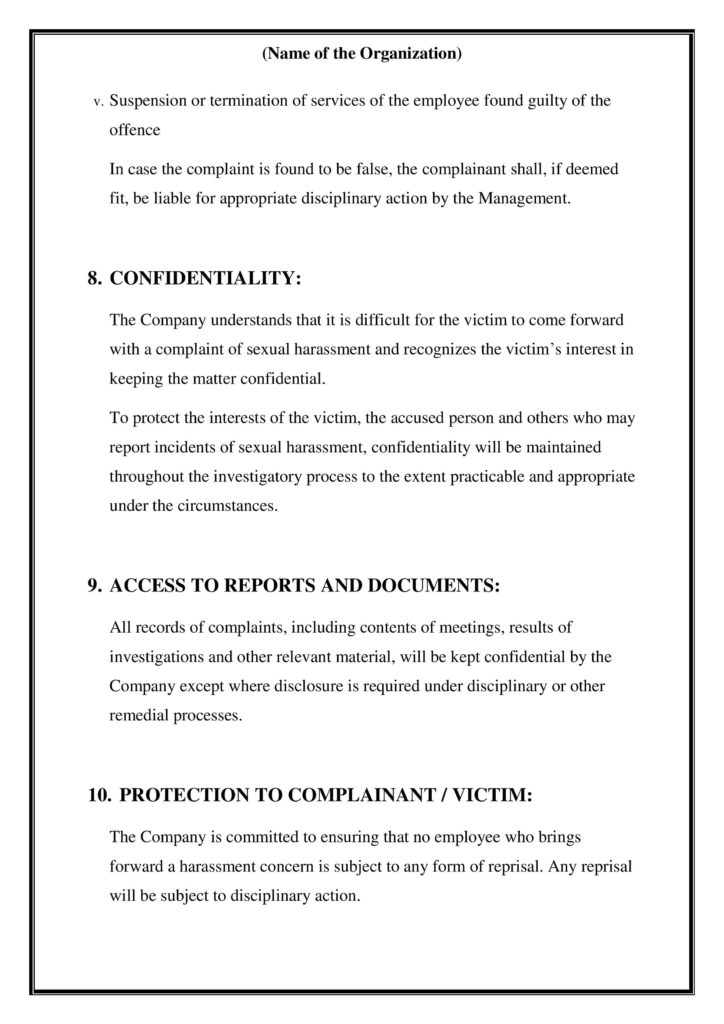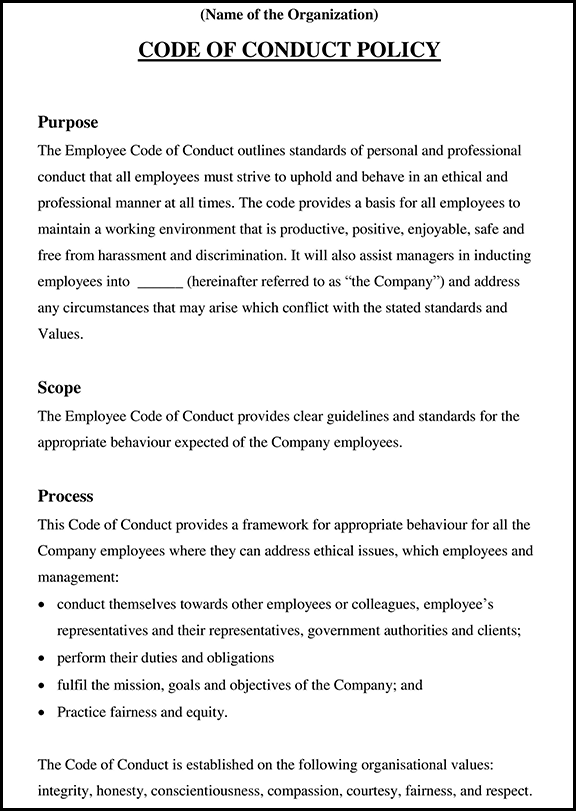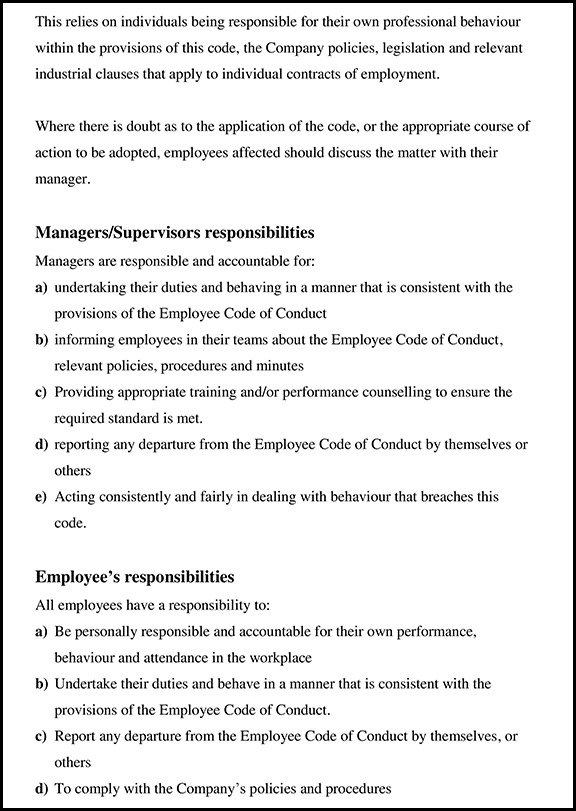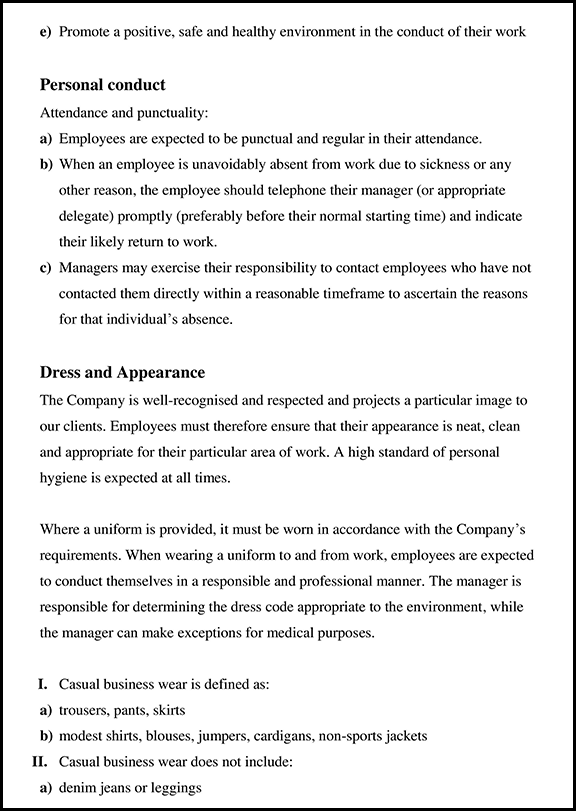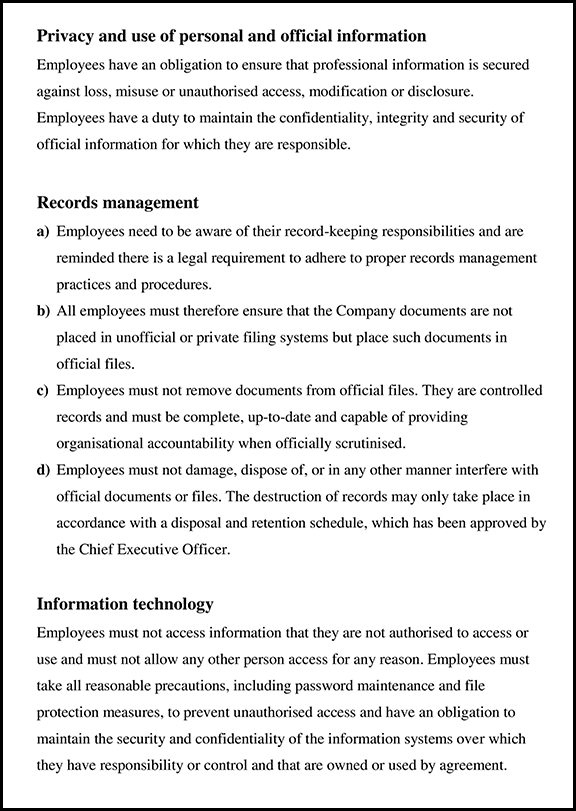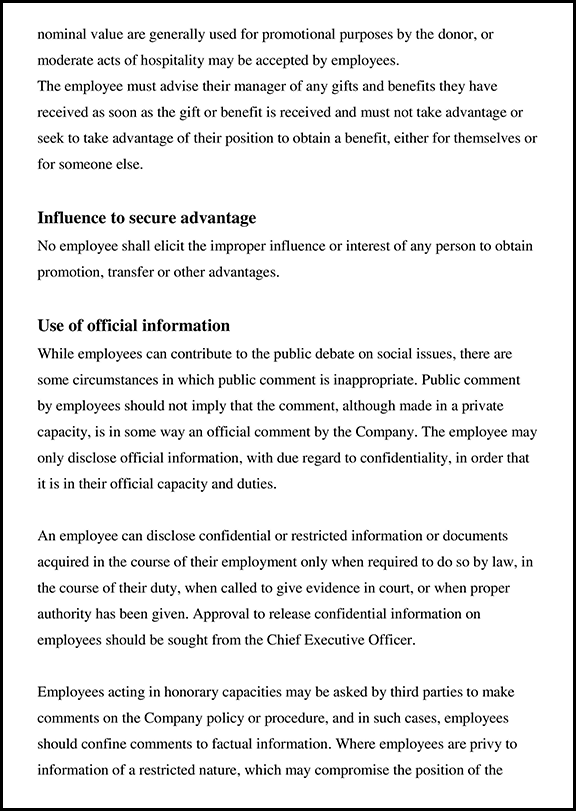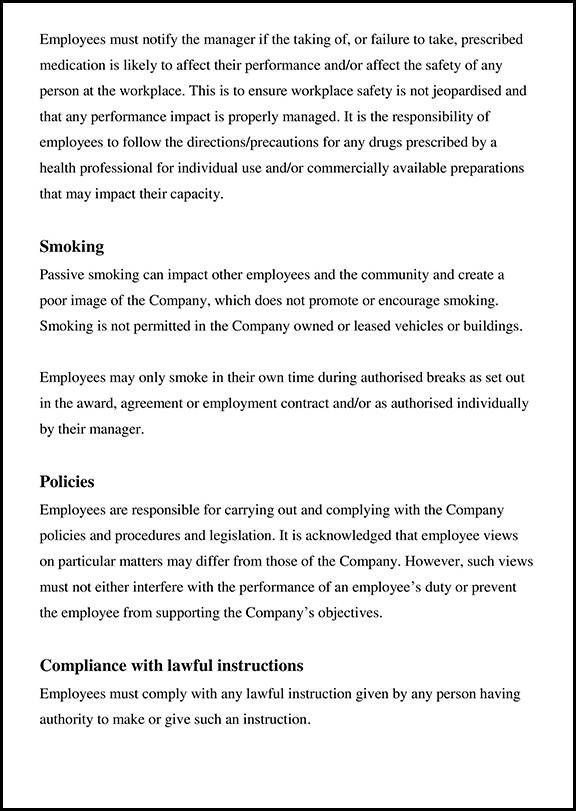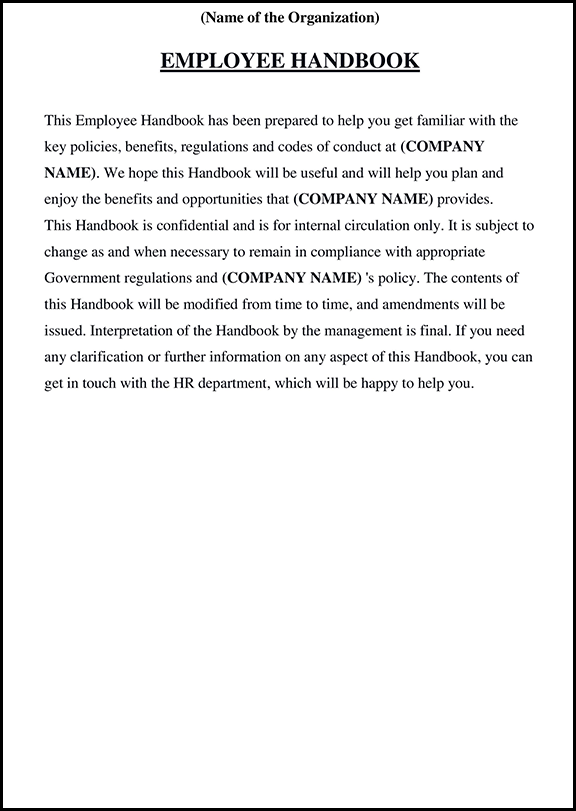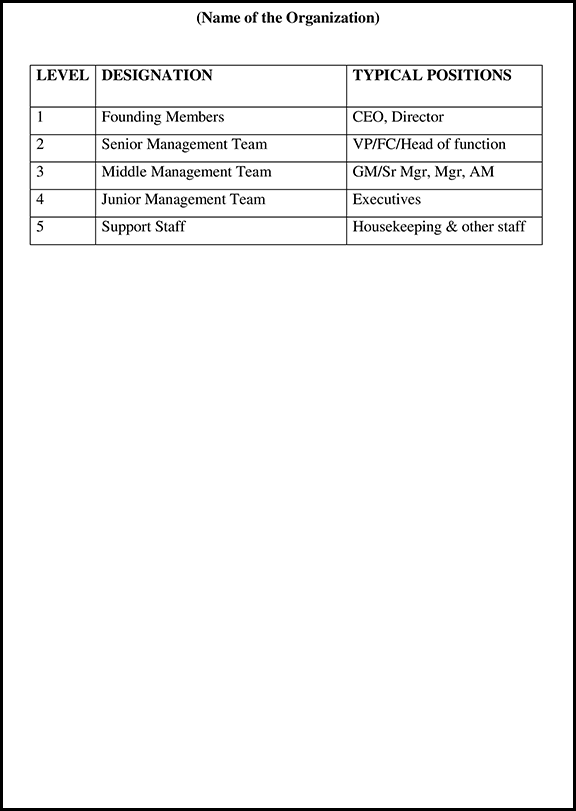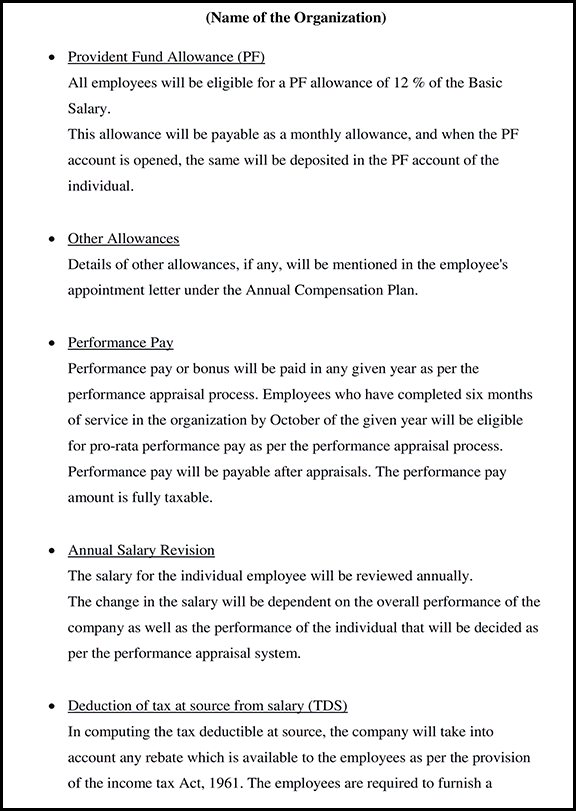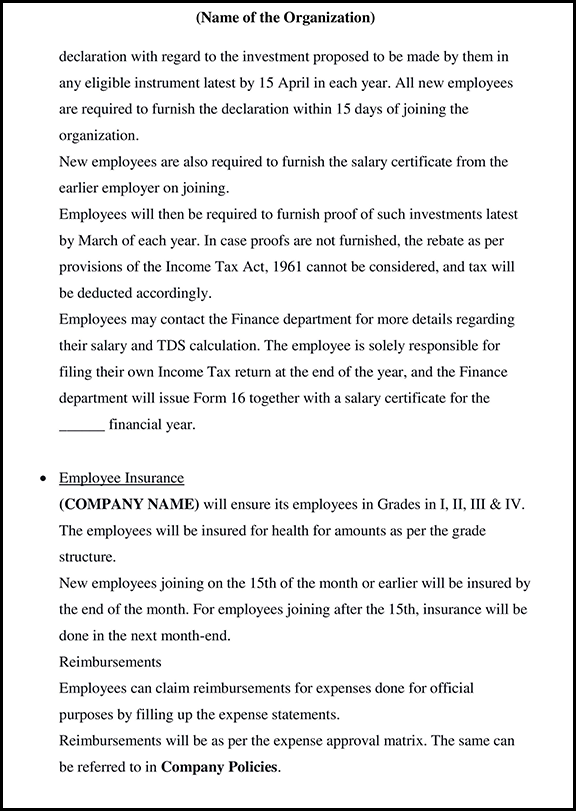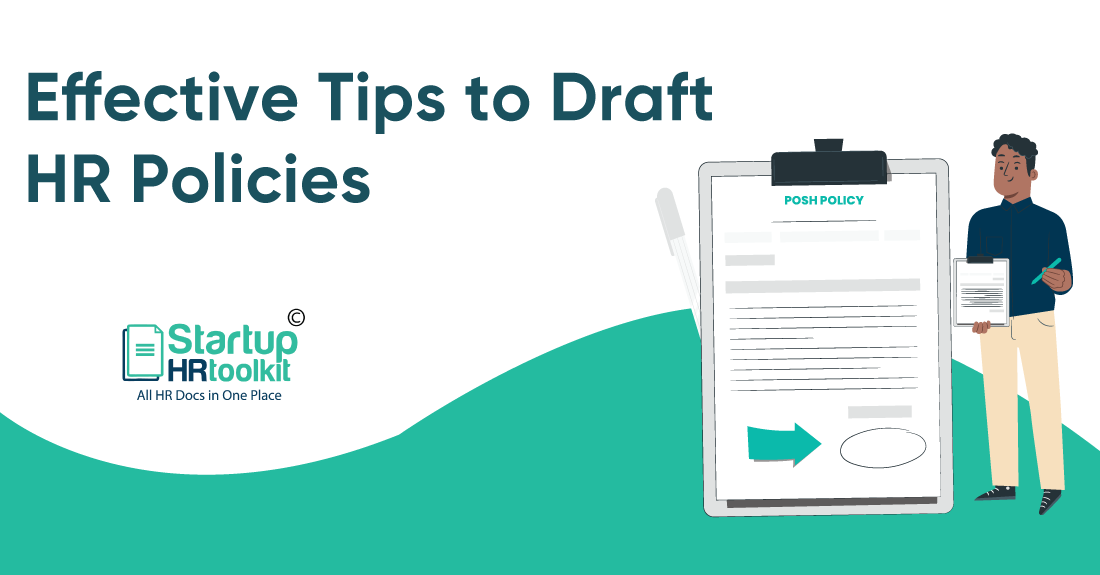
How to Draft HR Policies and Procedures: Effective Guide 2024
What is an HR Policies?
HR policies are rules and regulations an organization determines to promote a safe and productive work environment. It provides guidelines for employees, managers, and the organization.
They cover everything from workplace safety to hiring and retiring procedures. HR policies clarify expectations, protect employee rights, and treat everyone fairly.
For example, a policy might outline the process for taking a vacation or sick days or when and how employees should be paid. It might also address issues like sexual harassment or dress code policy. In addition, HR policies should be written and communicated with employees, so everyone understands their responsibilities.
StartupHR Toolkit helps you to create policies in an easy way also you can download other HR documents to protect your organization. The Toolkit offers a range of features, from employee onboarding to the exit process, that can help startups save time and money.
Through this blog, you will get an understanding of How to Draft HR Policies.
Why do you Need to Implement HR Policies in your Organization?
Policies provide a framework for how the organization and its employees should interact and help compliance with laws and regulations. Organizations can also ensure fairness and consistency when managing their employees through consistent policies.
One of the primary benefits of implementing HR policies is that it helps all employees in the organization be treated fairly and equitably. Having a clear set of policies allows managers to make decisions based on objective criteria rather than personal biases or prejudices. As a result, it helps prevent discrimination, and all employees have the same opportunities for growth and development.
HR policies also give employees a sense of security and an understanding of the organization’s expectations. When employees are aware what is expected of them, they are more likely to comply with the policies and abide by the rules. In addition, it can create a more positive work environment, as employees are more likely to feel respected and valued.
Finally, having a set of HR policies in place can help to protect the organization from legal issues. Organizations can minimize the risk of costly litigation by having clear guidelines for the workplace.
How to Draft HR Policies and Procedures?
1. Simple and Clear Language
When drafting HR policies and procedures because it ensures that all employees easily understand the policies, clear language helps reduce confusion and ambiguity and allows for a more consistent policy interpretation. It also helps avoid misunderstandings and potential legal issues arising from misinterpretation.
2. Company Introduction
Company Introduction sets the tone and foundation for the overall HR strategy and goals. This introduction will provide the context for the policies and procedures, and all HR initiatives align with the company’s mission and vision. It can also be a reference point for employees and managers as they review and understand the policies and procedures.
3. Purpose
The policy’s purpose is clear, concise, and aligned with the organization’s goals. Stating the purpose, HR policies are properly enforced, communicated, and updated. It ensures that employees understand the policy and are more likely to comply. Lastly, a clear purpose motivates employees and builds trust in the organization.
4. Scope
Under the scope, all employees know the expectations and responsibilities for their roles within the organization. All employees are treated fairly and consistently across the organization. It also helps the organization maintain a safe and secure environment for its employees. Having clear and consistent HR policies helps the organization reduce legal risks and ensure compliance with labor laws.
5. Identifying the Need for a Policy
Identifying the need for a policy is vital while drafting HR policies as the policy is based on a legitimate need, where the policy is enforceable, effective, and fair. In addition, the policy is consistent with the organization’s mission, values, and goals. By identifying the need for a policy, organizations are taking the first step in developing a comprehensive set of HR policies and procedures that will help guide the organization’s HR practices.
6. Company Values
Company values provide a set of guiding principles for the company. They are the foundation for all the company’s decisions, and employees are treated fairly and ethically. They also provide a common language for employees when discussing the company’s values and expectations. Finally, having a clear set of values can help create a shared understanding and culture that helps employees work together more effectively.
7. Behaviour
When drafting HR policies and procedures, clearly state what behavior is acceptable or unacceptable. It should include a code of conduct that outlines specific expectations for employees, such as respect for colleagues, honesty in the workplace, and professionalism when interacting with customers or clients. It should also specify any disciplinary action that may be taken in the event of inappropriate behavior.
8. Policy Content
In short, the next stage is a plan. In the preceding phase, you would have acquired the necessary data and important stakeholders involved in policy creation. You may determine together what each policy’s goal is. The material may only be created when a clear plan of what you hope to accomplish with this policy has been established.
The following components should be present in a comprehensive policy:
Policy Title
Goals
Requirements
Techniques
Eligibility
Exclusions
Policy Owner
Reviewer
Dates of implementation and reviews
Glossary
9. Finalizing the Policy
Before you submit your document, you should read it once, if not twice, to ensure that everything runs smoothly. Make sure your material is amply illustrated and clarified. Your final draft will appear on the first page, along with the date and any changed remarks. Include the signature page.
10. Implement the Policy
1. Communicate the policy:
Ensure all employees are aware of the policy. So they understand how to act following the policies and avoid any mishaps.
2. Train employees:
Employees are trained on the policy and understand its requirements. Employees must be well-versed in what HR policies are.
3. Monitor compliance:
The responsible person monitors compliance and takes corrective action when necessary.
4. Document:
Document all policy implementations and any violations. One of the essential parts to remember is to document every detail, big or small.
5. Evaluate:
Periodically review the policy to ensure it is up-to-date. Information may quickly change and become outdated as firms expand, regulations change, and technology advances. As a result, it’s crucial that your policies only contain general and relevant information.
11. Auditing the Policy
Auditing a policy ensures that it is legally compliant and follows all relevant employment laws. In addition, the policy is clear, consistent, and up-to-date if the policy is audited. An audit also helps to identify any risks and potential areas for improvement, which could lead to greater efficiency and employee satisfaction. Auditing a policy can help ensure it is understood and implemented correctly.
All these points have answered your questions about how to draft HR Policies.
Conclusion
The StartupHR Toolkit is a comprehensive set of resources designed to help startups develop effective HR practices. It includes everything from policies and procedures to recruitment and onboarding, as well as templates for employee contracts and handbooks. The toolkit also includes a library of best practices, such as job descriptions, performance reviews, and employee feedback. All these resources are designed to make setting up an HR system for a startup easier, faster, and more efficient.
Recent Post

How to Write an Employee Handbook: A Effective Guide
An employee handbook is a legal document defining your company’s culture, mission, values, rules, policies, and expectations. Employers create an employee handbook & hand it over to their employees to let them understand their rights and responsibilities while working with the company. In addition, it summarizes employee benefits, compensation, and legal aspects of their employment.

Employee Termination Letter Format
Employee termination letter format: 1. Dear____, Subject: Your job will end Hello, This letter is in reference to your employment with _____.
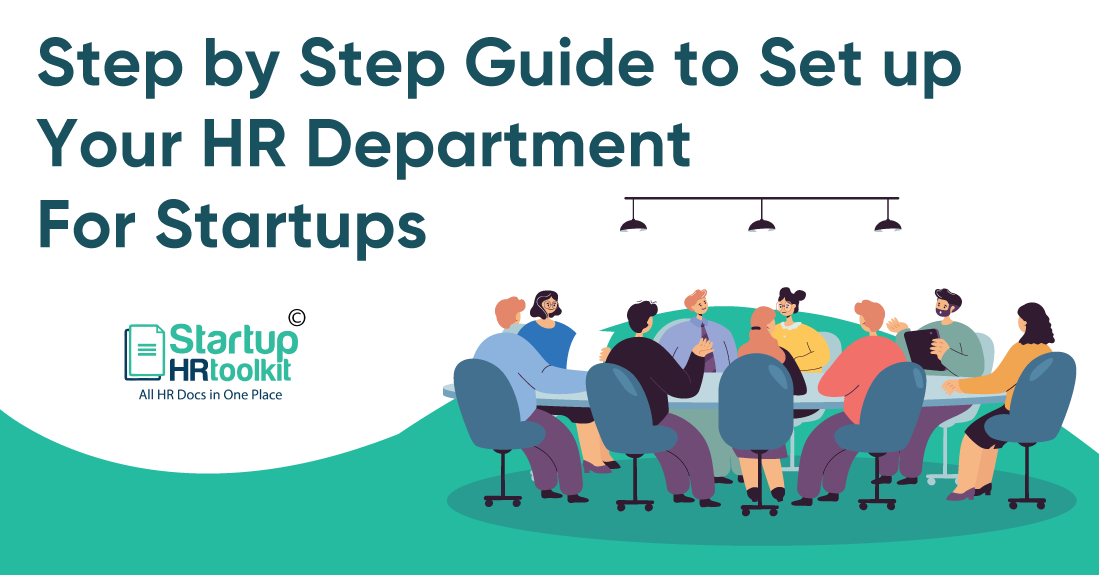
How to Set up an HR Department for Startup: Step by Step Guide
Every organization, whether big or small, a startup or a multinational company, must have a structured HR department to function correctly.
The basic foundation of every successful business is employees, and to handle and manage various aspects related to employees and the company, you know How to Set up an HR Department.
Join a Community of 1,00,000+ HR Professionals



















